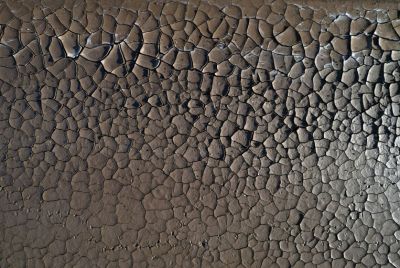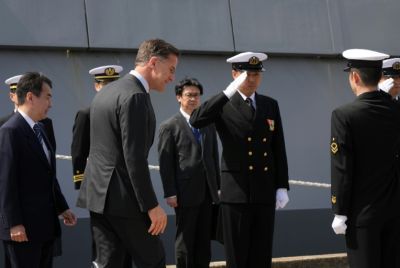World needs nuclear power despite Japan crisis
A nuclear expert on Wednesday said that the world, especially Japan needs nuclear power despite the ongoing crisis. Professor George Dracoulis said that Japan relies on nuclear power for about 30% of its electricity. It has few natural resources and imports large quantities of coal, gas and oil at an ever increasing cost. Some Japanese people are not in favour of nuclear power, but when the dust settles the nation might not have any real choice.
Losing four old reactors at Fukushima that were due for replacement is not the end of the world, and certainly not when you consider the huge loss of life and enormous damage wreaked by this month's earthquake and tsunami.
Japan's reactors
Japan built its 55 nuclear reactors over a period of decades (the damaged reactors in Fukushima are some of the world's oldest still in regular operation, based on early commercial designs).
Nineteen began operation in the 1970s (Fukushima-Daichi-1 dates from 1971); fifteen began life in the 1980s; thirteen in the 1990s; and five in the "noughties".
Of course, one might question the logic of building reactors in earthquake zones, but in the end the primary reactor structures in Fukushima were not directly damaged; nor have they been damaged in previous quakes.
One could also ask what would have happened to other sorts of power stations (particularly dispersed ones such as wind farms or solar cell arrays) in such an event. My guess is that they all would have been swept away.
Some context
All thermal power stations are based on similar principles: they produce heat by burning something (coal or gas for example) and convert the generated heat to electricity.
The big advantage of using nuclear reactions such as fission is that one fission produces about 100 million times more energy that you get from burning a single carbon atom.
Coal-fired power stations have to burn a lot of material (about three million tonnes a year) to generate electricity for a city of a million people, and about 10 million tonnes of carbon dioxide are released to the atmosphere in the process.
Nuclear reactors, by comparison, consume only one tonne of the fissile uranium isotope, U-235, to deliver the same.
Some numbers
There are currently 441 large nuclear power reactors in 35 countries, 120 of which date from the 1970s and early 1980s.
Collectively the 400-odd reactors supply about 15% of the world's electricity (the average in OECD countries being more than 22%). So far they have racked up more than 14,000 reactor-years of operation.
The United States has the greatest number operating, with 103 units providing 20% of its electricity supply; this is followed by France with 57 (producing nearly 80% of its supply) and Japan, with 54 (providing about 30%).
With a lifespan of approximately 35 to 40 years, some have pointed to the fact a nuclear station decommissioning "peak" will occur from 2020 to 2030, and that this will present technological and environmental challenges. In my opinion these challenges will be met.




















